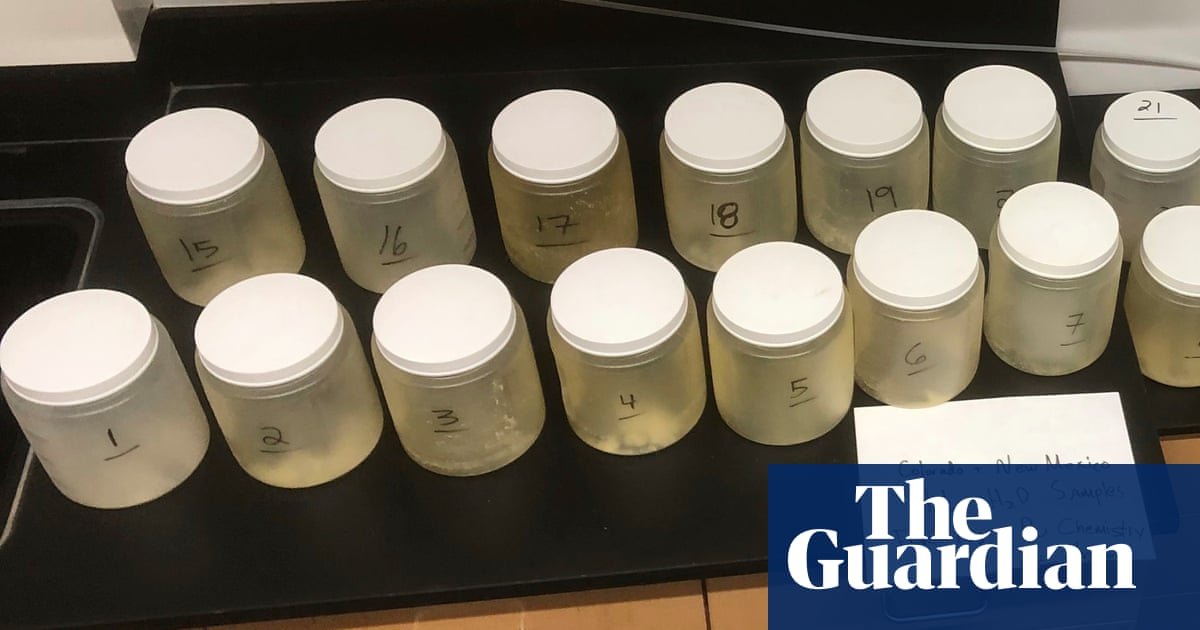Much of the land near the atomic bomb’s birthplace was converted to recreational areas, but toxic waste remains
Soil, plants and water along popular recreation spots near Los Alamos, New Mexico, the birthplace of the atomic bomb, are contaminated with “extreme concentrations” of plutonium, a new study has found, but calls for the federal government to act have been dismissed.
Michael Ketterer, a Northern Arizona University scientist and lead researcher on the project, said the plutonium levels in and around New Mexico’s Acid Canyon were among the highest he had ever seen in a publicly accessible area in the US during his decades-long career – comparable to what is found in Ukraine at the site of the Chornobyl nuclear disaster.
The radioactive isotopes are “hiding in plain sight”, Ketterer said.



Members of the general public can’t make this sort of informed decision. They don’t have the very specific background knowledge necessary. Plutonium in small amounts is not dangerous unless you eat it or breathe it in as dust. How much Plutonium dust is in the air near this trail? What is the level of radiation exposure from it compared to the background level that everyone is exposed to? What risk of cancer does the increased exposure correspond to?
These are questions that experts are able to answer but almost all hikers aren’t. The general public already trusts experts to regulate nuclear power plants, radiology equipment, etc. It makes no sense to want a warning sign here unless you already live in a state of constant paranoia.
It’s ironic to use public ignorance as a reason to keep information from them.
I don’t see it as a matter of keeping information from the public. The wording on the sign would be technically true, but the clear implication would be that the area is particularly dangerous. Why else would there be a sign? If the area is not particularly dangerous (which is what experts have determined) then the sign is actually causing the public to believe something false.
It’s like those California warnings about cancer-causing chemicals in pretty much everything. They’re not literally false but they don’t take relative risk into account and the right thing to do is to ignore all of them. To the extent that the public doesn’t ignore them, the public has been misinformed by the California government.
That’s the whole point of things like this.
Make it seem super scary, turn public opinion against anything nuclear.
Usually you see articles like this pop up whenever there are renewed discussions for nuclear power plants. Not sure if this is one of those, or just clickbait.
I feel like this is the difference between marking something as “plutonium area” versus something designed to target the fears associated like saying “Warning: Minor Risk from Plutonium Exposure” and then post a blurb in decent size font below that explaining the warning.
Because what California does is post a generalized warning that doesn’t quantify the risk and does not inform the public accurately about what the warning exists for and that is not helpful.
do you know there’s always chloroform in chlorinated water? it’s some laughable ppt of it, but analytical chemists got so good at detecting random shit they can make entire career out of scaring morons